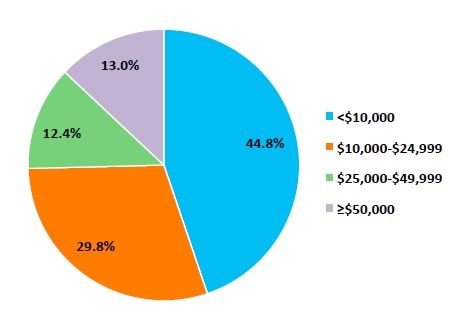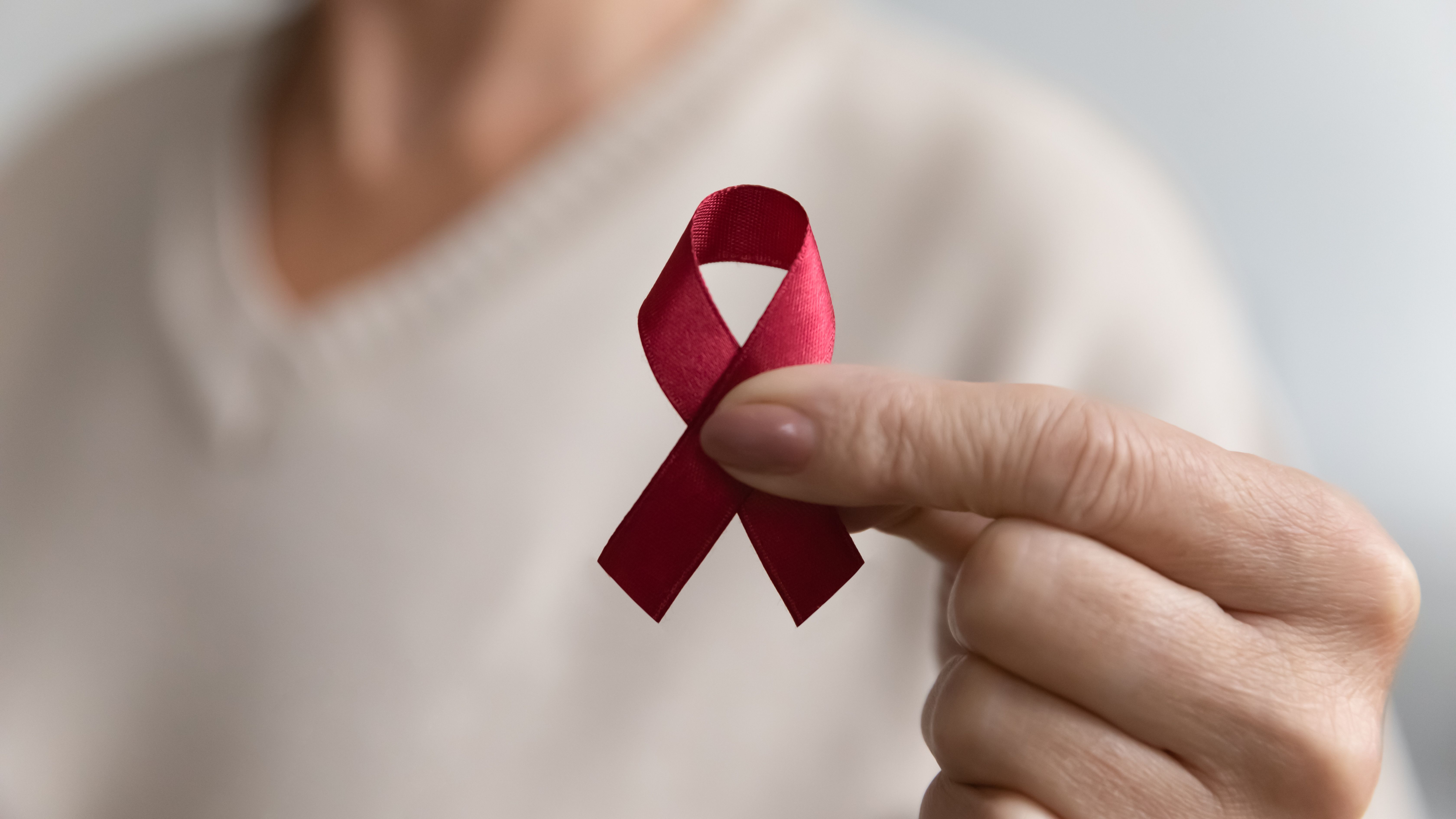Article
Bankruptcy in Cancer Survivors: A Q&A With Dr Matthew Banegas
Author(s):
The American Journal of Managed Care asked Matthew Banegas, PhD, MPH, Kaiser Permanente Center for Health Research, to comment on his new study published in Health Affairs.
A new study conducted by researchers at Kaiser Permanente has found that a considerable number of working-age adults who survive cancer and its toxic treatments, end up with substantial medical debts or declare bankruptcy. The American Journal of Managed Care asked Matthew Banegas, PhD, MPH, a health services researcher at the Kaiser Permanente Center for Health Research, and lead author on the study, to provide additional insight on the study results and any follow-up studies that may be conducted.
Matthew Banegas, PhD, MPH
AJMC: Could you highlight some of the important findings of your study?
Matthew Banegas, PhD, MPH: We found that working-age cancer survivors—people 18 to 64 years old—often went into debt to pay for their cancer treatment. In fact about one-third incurred debt or had to borrow money, and one-tenth of those people who incurred debt or had to borrow money reported filing for bankruptcy. While there is data out there on financial hardship facing cancer survivors, this is one of the largest studies to focus on working-age cancer survivors, and it includes people from all 50 states.
AJMC: Were there any results that stood out and were completely unexpected?
MB: There is a growing body of evidence that indicates financial hardship from cancer is common. However, the finding that surprised me most was the magnitude of the debt. We found that among those working-age cancer survivors who incurred debt or had to borrow money, more than 55% had debt amounts of $10,000 dollars or more.

Amount of Debt (in US Dollars) Incurred Among Cancer Survivors Who Reported Going into Debt (courtesy Health Affairs)
AJMC: What, in your opinion, are key lessons to be derived by cancer patients and treating physicians from these results?
MB: Cancer treatment costs are growing tremendously and patients are expected to pay some of these costs, even when they are insured. Working-age patients face unique challenges because they may have to take time off from work, use extended time or extended leave, all of which could impact their insurance coverage and their pay. Also, they often don’t have the savings that retirees do. This study shows that it is important for patients to be aware of the costs and to discuss them with their healthcare providers, so as to prevent financial hardship from occurring. Ultimately, we hope that our work leads to well-informed patients and encourages them to gather information so that they can make decisions that are in line with their personal values and preferences.
AJMC: Could early interventions in the care pathway help? Who could possibly lead the intervention?
MB: If people can identify sources of financial assistance and learn more information about the costs of care shortly after they are diagnosed, we may be able to prevent some occurrences of financial hardship. Too often, patients don’t find out about the costs of cancer care until after their treatment.
Individuals diagnosed with cancer should ask about financial counselors or social workers at their local health care facility. They can also reach out to foundations like LIVESTRONG or the American Cancer Society to find out whether other local resources are available.
We also need more studies that follow cancer survivors over time to see how the costs of cancer care affect their long-term financial situation, employment, and insurance status—from the time of cancer diagnosis through treatment and beyond. This will allow us to develop financial assistance interventions tailored to the patients who need it most and at the time when it is most helpful.
AJMC: Some of the newer oncology agents are quite expensive, although they have substantially improved outcomes and survival. Since your study used data from years prior to these newer agents, how relevant is this information in the current day?
MB: Our study findings are very relevant to this discussion. The costs of newer cancer agents have been rising over the past decade. Since, the study data comes from the 2012 LIVESTRONG survey, many of the cancer survivors who participated may have been treated with, or considered, one of these novel costly agents. The important thing is that patients should be able to weigh the risks of the treatment along with the benefits when making their decisions. Many of the newly approved cancer agents have been shown to extend life by a few months, not years, in clinical trials. Accordingly, patients should have information available that explains the survival and quality-of-life benefits, as well as the potential toxicities, and costs of these agents. It is important for patients to discuss this information with their families, or significant others, and their healthcare team.
AJMC: Are you conducting any follow-up studies?
MB: Yes, we are currently working on a follow-up study to understand whether experiencing financial hardship related to cancer has an impact on access and use of medical care. Additionally, we are looking into the types of sacrifices made by individuals in financial hardship, in hopes of describing how the financial impact of cancer affects patients’ lives.




